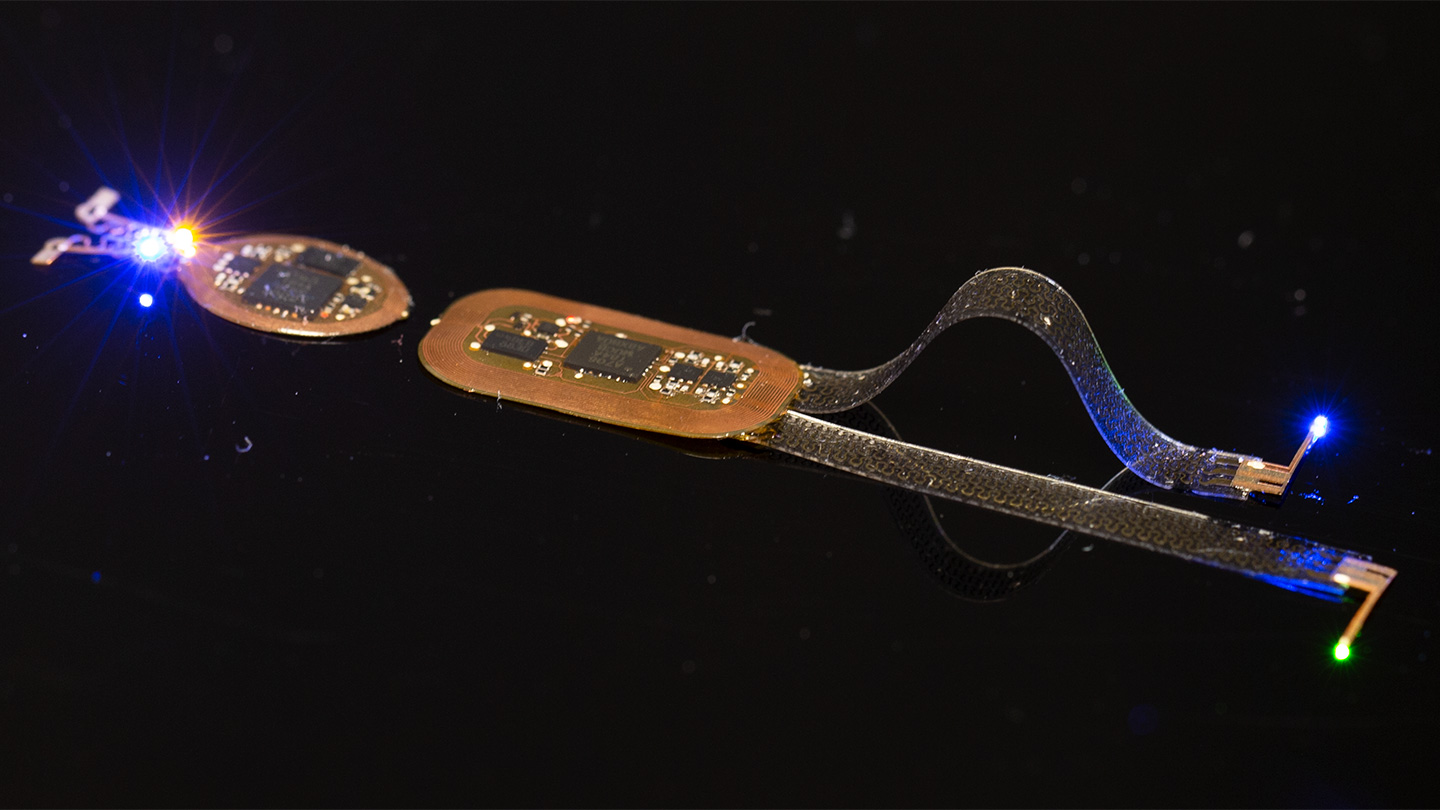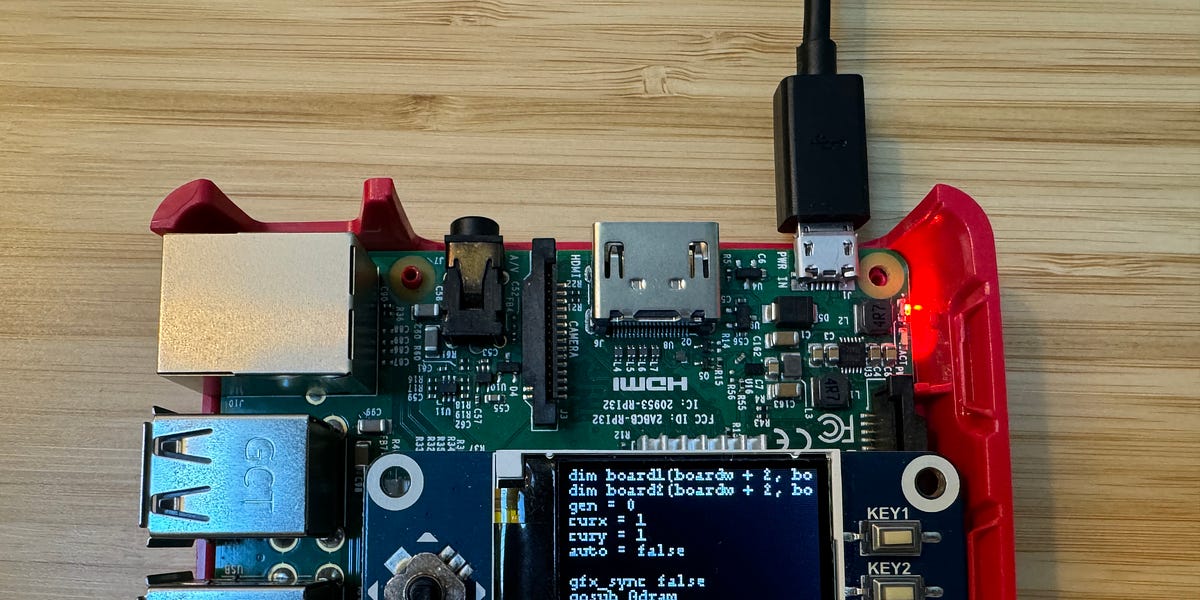
Scientists remotely controlled the social behavior of mice with light
A new type of device remotely activates or suppresses neurons in mice using four hues of LEDs. It can be secured to the rodents’ heads (left end of the device) and backs (right end).
With the help of headsets and backpacks on mice, scientists are using light to switch nerve cells on and off in the rodents’ brains to probe the animals’ social behavior, a new study shows.
These remote control experiments are revealing new insights on the neural circuitry underlying social interactions, supporting previous work suggesting minds in sync are more cooperative, researchers report online May 10 in Nature Neuroscience.
The new devices rely on optogenetics, a technique in which researchers use bursts of light to activate or suppress the brain nerve cells, or neurons, often using tailored viruses to genetically modify cells so they respond to illumination (SN: 1/15/10). Scientists have used optogenetics to probe neural circuits in mice and other lab animals to yield insights on how they might work in humans (SN: 10/22/19).
Optogenetic devices often feed light to neurons via fiber-optic cables, but such tethers can interfere with natural behaviors and social interactions. While scientists recently developed implantable wireless optogenetic devices, these depend on relatively simple remote controls or limited sets of preprogrammed instructions.
























